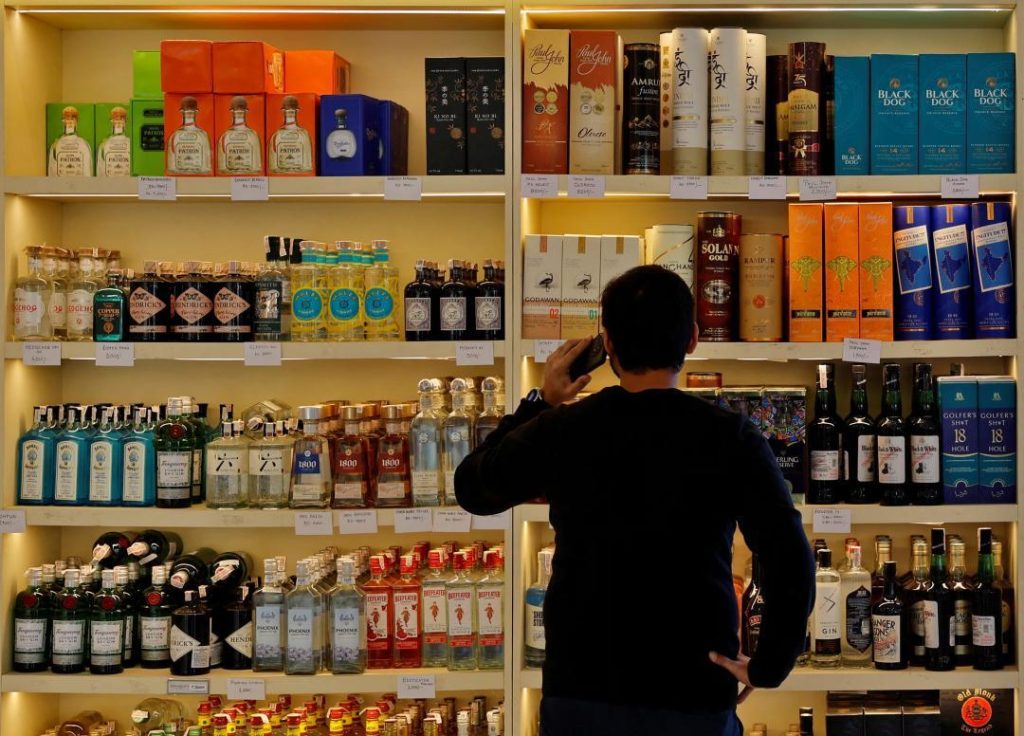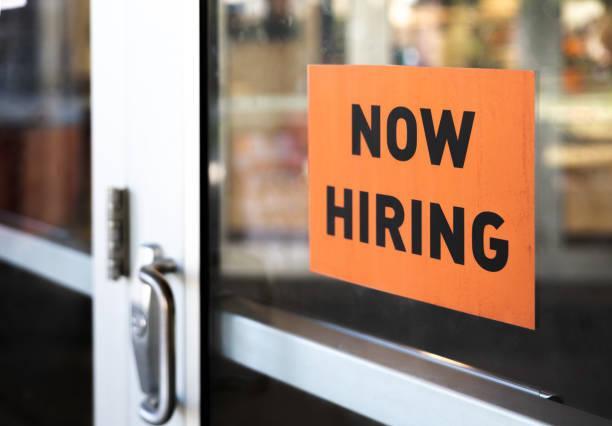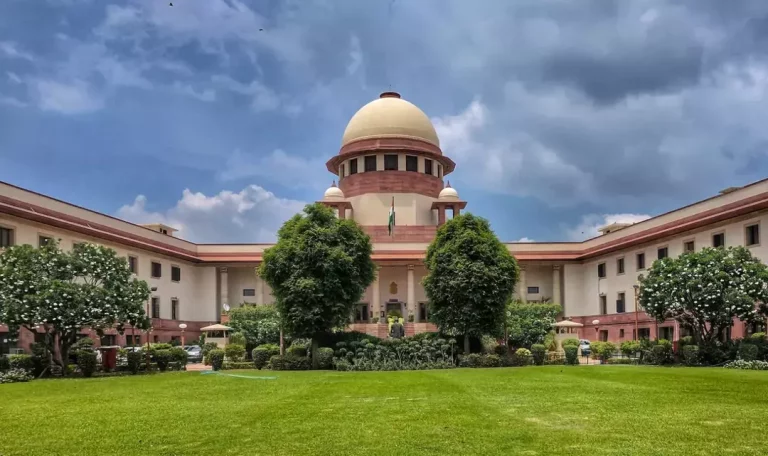
What is expected to get cheaper as India & UK conclude Free Trade Agreement?
The recently-concluded India-UK Free Trade Agreement (FTA) has sent waves of excitement across the business world, particularly in the industries that are expected to benefit from reduced tariffs. The agreement, which was signed on May 21, 2022, aims to boost bilateral trade between the two nations by reducing tariffs, simplifying procedures, and promoting investment.
One of the most significant benefits of the FTA is the reduction in tariffs on distilled spirits, which will make gin and whisky cheaper in India. According to reports, the tariffs on these spirits will be halved from 150% to 75%. This move is expected to benefit Indian consumers who have been enjoying the excellent quality of UK-produced spirits but were deterred by the high prices due to the existing tariffs.
Another significant sector that will benefit from the FTA is the automotive industry. The tariffs on UK-imported vehicles will be cut from 100% to 10%, making these vehicles cheaper for Indian buyers. This is expected to boost the sales of UK-made cars in India, particularly in the premium segment where international brands have a strong following.
However, the benefits of the FTA don’t stop there. Other UK goods that will face lower tariffs include cosmetics, chocolates, soft drinks, electrical machinery, and biscuits. These products will become cheaper and more competitive in the Indian market, giving UK exporters a significant advantage over their competitors.
So, what are the key highlights of the India-UK FTA, and what can we expect to get cheaper? Let’s dive into the details.
Key Highlights of the India-UK FTA
- Distilled Spirits: Tariffs on gin and whisky will be halved from 150% to 75%, making these spirits cheaper in India.
- Automotive Tariffs: Tariffs on UK-imported vehicles will be cut from 100% to 10%, making these vehicles cheaper for Indian buyers.
- Cosmetics: Tariffs on cosmetics will be reduced from 15% to 5%, making UK-made cosmetics cheaper in India.
- Chocolates: Tariffs on chocolates will be cut from 15% to 5%, making UK-made chocolates cheaper in India.
- Soft Drinks: Tariffs on soft drinks will be reduced from 15% to 5%, making UK-made soft drinks cheaper in India.
- Electrical Machinery: Tariffs on electrical machinery will be cut from 10% to 5%, making UK-made electrical machinery cheaper in India.
- Biscuits: Tariffs on biscuits will be reduced from 15% to 5%, making UK-made biscuits cheaper in India.
What can we expect to get cheaper?
As the tariffs on these goods are reduced, we can expect the prices of these products to come down. Here are some specific examples of what we can expect to get cheaper:
- Gin and Whisky: With tariffs reduced from 150% to 75%, we can expect the prices of gin and whisky to come down by 25-30%.
- UK-Imported Vehicles: With tariffs reduced from 100% to 10%, we can expect the prices of UK-imported vehicles to come down by 90%.
- Cosmetics: With tariffs reduced from 15% to 5%, we can expect the prices of UK-made cosmetics to come down by 10-15%.
- Chocolates: With tariffs reduced from 15% to 5%, we can expect the prices of UK-made chocolates to come down by 10-15%.
- Soft Drinks: With tariffs reduced from 15% to 5%, we can expect the prices of UK-made soft drinks to come down by 10-15%.
- Electrical Machinery: With tariffs reduced from 10% to 5%, we can expect the prices of UK-made electrical machinery to come down by 5%.
- Biscuits: With tariffs reduced from 15% to 5%, we can expect the prices of UK-made biscuits to come down by 10-15%.
Conclusion
The India-UK FTA is a significant step forward in boosting bilateral trade between the two nations. The reduction in tariffs on distilled spirits, automotive goods, and other UK-made products will make these goods cheaper and more competitive in the Indian market. As a result, Indian consumers can expect to benefit from lower prices on a range of products, from gin and whisky to cosmetics and biscuits. The FTA is a win-win for both nations, and we can expect to see increased trade and investment flowing between India and the UK in the coming years.
Source:






